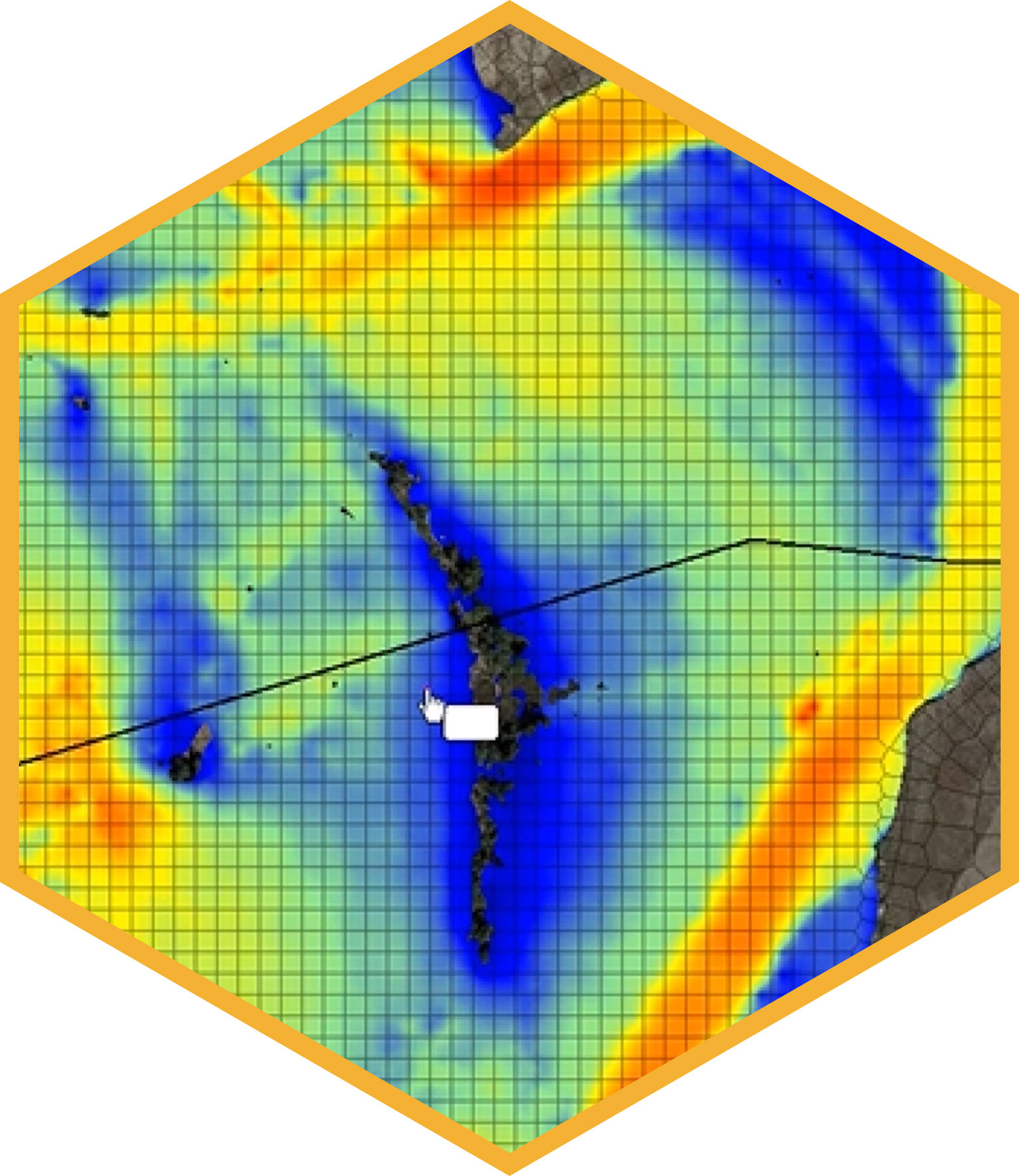Scope
This renewable project in Colorado aims to develop a 230kV underground transmission line, stretching for significant miles and designed to connect a solar power plant to a substation. Initially, the project contended with an undefined scope, which led the team to navigate through the project’s course with assumptions and extrapolation of their expertise due to lack of electrical background from the client’s project manager. The transmission line, with its distinctive route covered by varied terrains and encumbrances, presented multifaceted challenges. The designated path, originally 4.6 miles overhead and 1 mile underground, could not proceed directly due to landowner restrictions, compelling the project team to develop an alternate route. The transmission line was designed to deliver 300 megawatts (MW) of power, utilizing both the overhead and underground lines. However, a crucial juncture was hit when it was revealed that the purchased transformer had a capacity of 150 MW, requiring the team to initially design for a single circuit, with the anticipation of a future transition to a double circuit.
Outcome
Complexities further unfolded with the route weaving through an existing road and property boundary, necessitating negotiations with city officials and property owners. Unlike typical underground designs where owners usually provide vital inputs, in this scenario, the project team received minimal data, primarily the soil thermal resistivity, and had to ingeniously formulate design criteria, trench detail, vault detail, and a plan and profile from scratch. The project also involved creating cross-sections for the right of way and easements for the underground cables. Another pivotal aspect was the inclusion of riser structures, which would facilitate the transition from the underground to the overhead sections of the transmission line.
The overhead line presented its own set of intricacies, slated to be single circuit steel monopoles with the possibility of upgrading to a double circuit in the future. Notably, the overhead line runs parallel to an existing 230 kV line and crosses a floodplain area, which necessitated special requirements for pole placements and foundational protections against potential flooding and mudflows. Additionally, part of the route traverses a mining area and requires judicious placement of poles to avoid interference with mining activities. A considerable challenge emerged in crossing a main highway and a railroad, initiating further negotiations with the corresponding companies. The dense network of existing transmission lines near the substation posed another substantial hurdle, as crossing multiple lines owned by various companies necessitates intricate planning and stringent adherence to feasibility and safety considerations.


